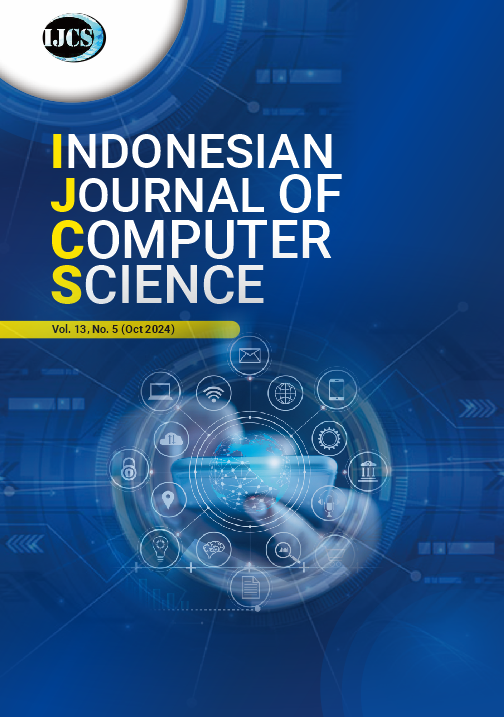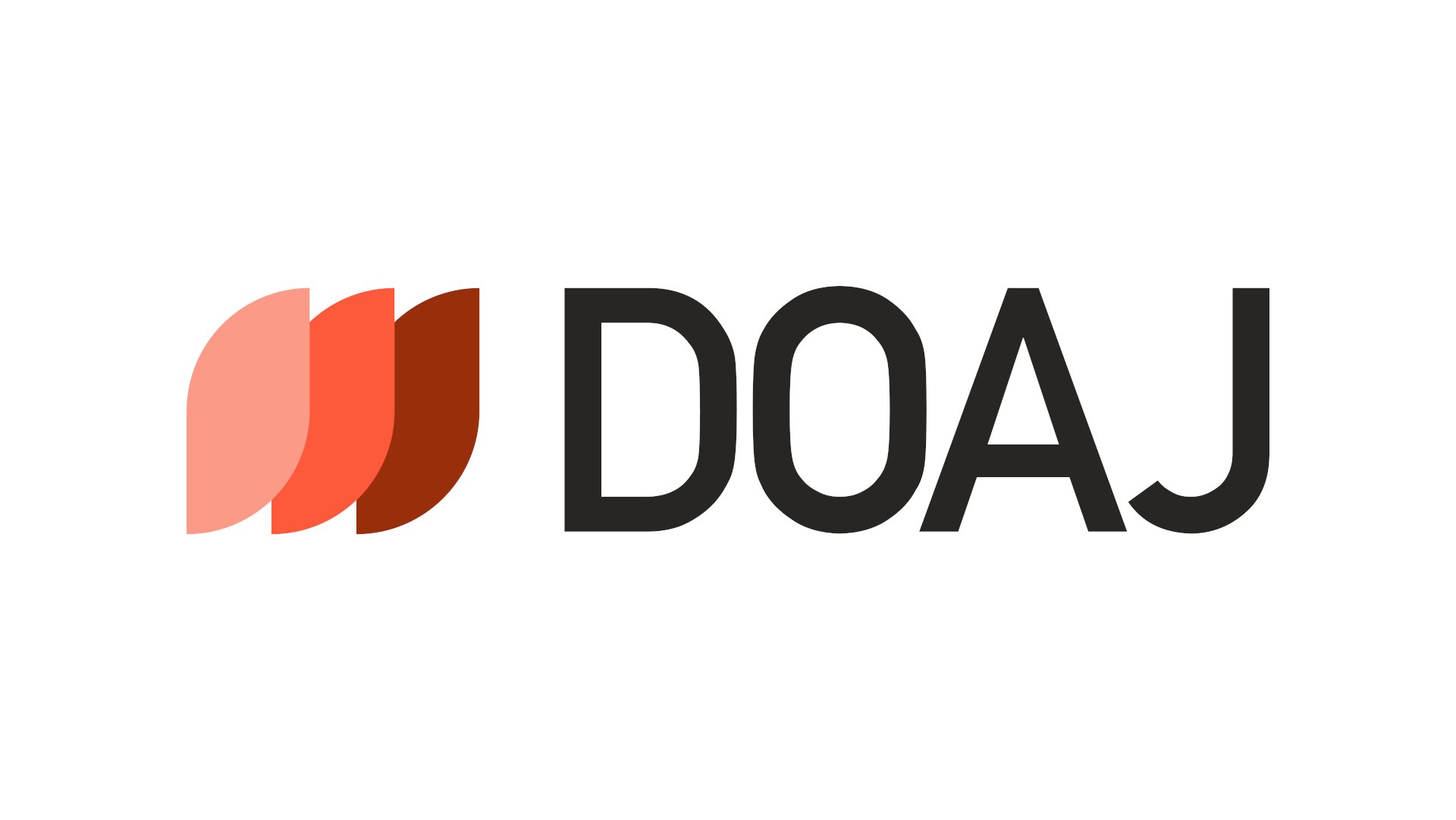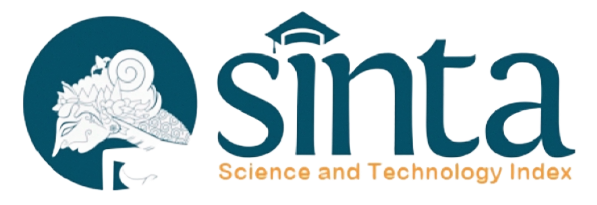The Application of K-Means Clustering Algorithm in Analyzing Book Borrowing Patterns in Libraries
DOI:
https://doi.org/10.33022/ijcs.v13i5.4317Keywords:
Data mining, Clustering, K-Means, Python, LibrariesAbstract
Library book borrowing reflects readers' preferences on various topics, providing insights for improving collection management. This study categorizes books into five main categories: old books with few pages, modern books with short borrowing periods, classic books with long borrowing durations, books with many pages and moderate borrowing, and new books with varying borrowing durations. The dataset is analyzed through pre-processing, including feature creation, normalization, and standard scaling. The K-Means algorithm is used to cluster data based on Euclidean distance, with results evaluated using the Davies-Bouldin Index (DBI), where a lower value indicates better clustering quality. The optimal number of clusters is determined using the Elbow Method, showing five clusters as the most effective. Applying K-Means Clustering produces five informative clusters, with a DBI of 0.50 indicating good clustering quality. Scatter plots illustrate cluster distribution based on publication year, number of pages, and borrowing duration, from a dataset of 1323 borrowing records.
Downloads
Published
Issue
Section
License
Copyright (c) 2024 Rapel Sigit

This work is licensed under a Creative Commons Attribution-ShareAlike 4.0 International License.





